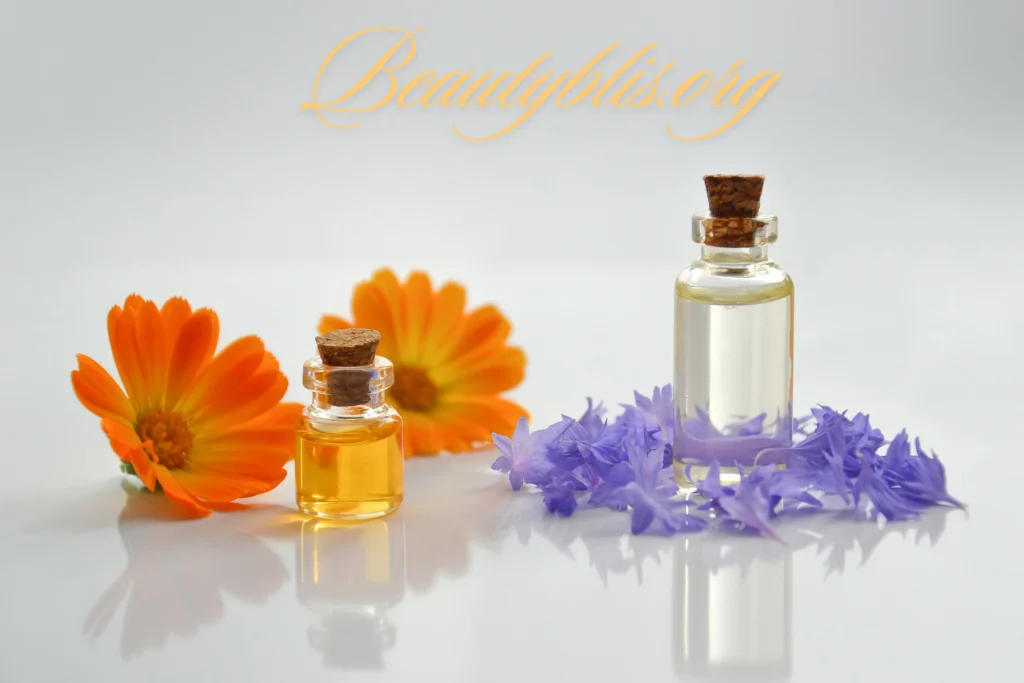Argan oil has long been revered for its remarkable skin-nourishing properties, and with good reason. At the heart of this versatile oil lies a treasure trove of essential fatty acids, which play a crucial role in maintaining healthy, radiant skin. In this comprehensive guide, we’ll explore the unique benefits of argan oil’s essential fatty acid content and how you can harness its power to achieve a glowing complexion.
The Essential Fatty Acids in Argan Oil
Argan oil is renowned for its exceptional fatty acid profile, which includes a high concentration of both monounsaturated and polyunsaturated fatty acids. These essential fatty acids are essential for skin health, as they cannot be produced by the body and must be obtained through diet or topical application.
Oleic Acid
Oleic acid, a monounsaturated fatty acid, is the predominant component of argan oil, making up around 45-50% of its composition. This fatty acid is known for its ability to deeply hydrate and nourish the skin, helping to maintain a healthy skin barrier and prevent moisture loss.
Linoleic Acid
Argan oil also contains a significant amount of linoleic acid, a polyunsaturated fatty acid. Linoleic acid is crucial for skin health, as it helps regulate oil production, reduce inflammation, and improve skin elasticity.
The Skin Benefits of Argan Oil’s Essential Fatty Acids
The unique blend of essential fatty acids in argan oil offers a wide range of benefits for the skin. Let’s explore some of the key ways these nutrients can transform your complexion:
Hydration and Nourishment
The oleic and linoleic acids in argan oil work together to deeply hydrate and nourish the skin, leaving it soft, supple, and radiant.

Barrier Repair
These essential fatty acids help strengthen and repair the skin’s natural barrier, which can become compromised by environmental stressors and harsh skincare products.
Anti-Aging
The antioxidant properties of argan oil’s fatty acids can help reduce the appearance of fine lines and wrinkles, promoting a more youthful, rejuvenated complexion.
Acne and Blemish Control
Linoleic acid’s ability to regulate oil production and reduce inflammation can be particularly beneficial for those with acne-prone skin.
Scar and Stretch Mark Reduction
The skin-regenerative properties of argan oil’s essential fatty acids can help improve the appearance of scars, stretch marks, and other skin imperfections.

Incorporating Argan Oil into Your Skincare Routine
To harness the power of argan oil’s essential fatty acids, incorporate it into your daily skincare routine. Here are some tips:
- Cleanse: Start by using a gentle, non-irritating cleanser to remove any dirt, oil, or impurities from the skin.
- Apply Argan Oil: Gently massage a few drops of pure, high-quality argan oil into your skin, focusing on areas of concern.
- Follow Up with Moisturizer: Lock in the benefits of the argan oil by applying your regular moisturizer on top.
- Repeat Daily: For best results, use argan oil twice a day, once in the morning and once in the evening.
Conclusion
Argan oil’s unique essential fatty acid profile makes it a true powerhouse for skin health and rejuvenation. By incorporating this natural wonder into your skincare routine, you can unlock the secrets to a radiant, youthful complexion. Embrace the nourishing benefits of argan oil and experience the transformative power of essential fatty acids for yourself.
